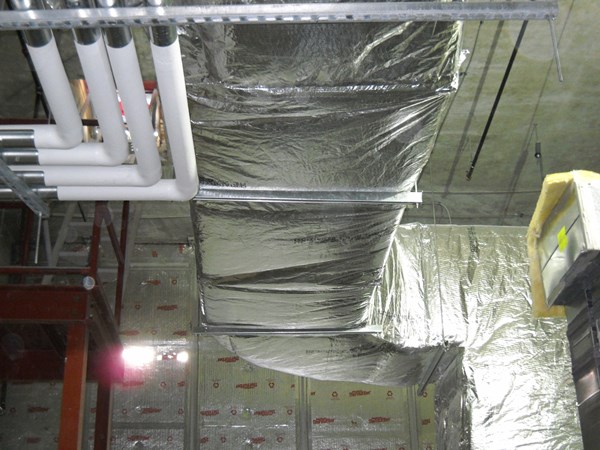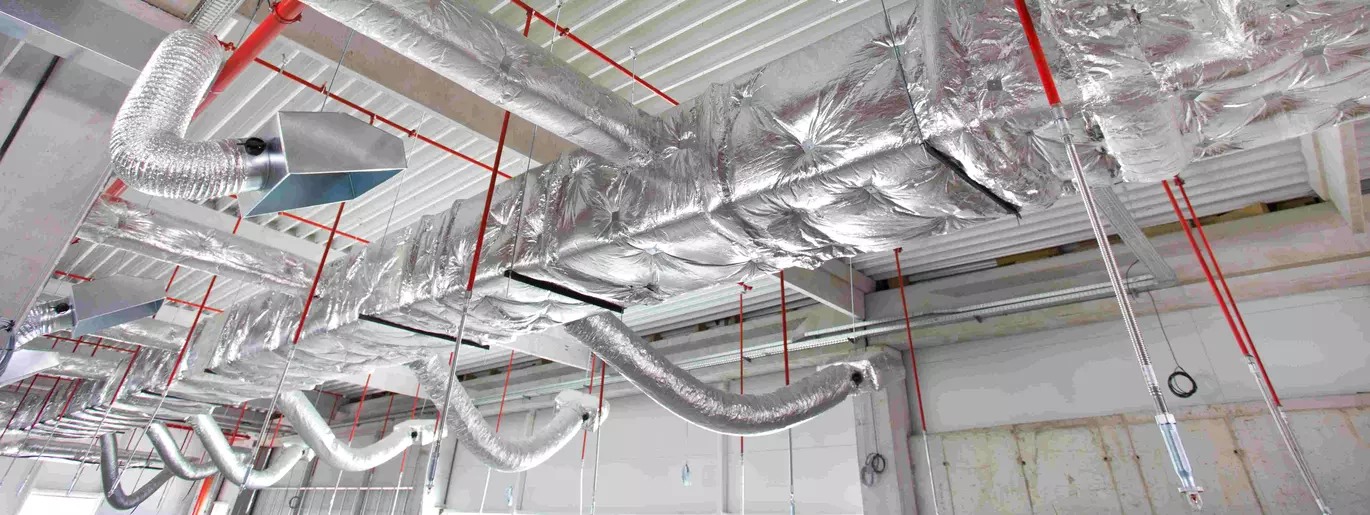Ductwork insulation refers to the materials used to insulate the sheets of metal or other material that make up the ductwork in an HVAC system. The insulation helps prevent heat loss or gain through the ductwork, which can reduce the efficiency of the HVAC system and affect the temperature of the air coming out of the vents.

The most common types of ductwork insulation are:
- Fiberglass blankets or rolls: Fiberglass insulation is wrapped around the ductwork. It is effective at insulating but the fibers can be irritating to work with. Proper protective gear should always be worn when installing fiberglass duct insulation.
- Foil-backed fiberglass: This combines layers of fiberglass with foil backing to reflect heat and provide some noise reduction. It is more effective than regular fiberglass but also more expensive.
- Mineral wool: Mineral wool insulation is made from spun rock or slag wool. It is fire resistant and effective at insulating but can be more expensive than fiberglass. It is less irritating to work with than fiberglass but still requires proper protective gear.
- Foam board: Rigid foam board provides insulation and the boards are wrapped or fitted around the ductwork. It is easy to install but more expensive than blanket insulation. Foam board is effective at insulating and reducing noise transmission.
Keeping ductwork well-insulated, along with sealing leaks and insulating pipes/equipment, can significantly improve the efficiency and performance of an HVAC system.




No comment